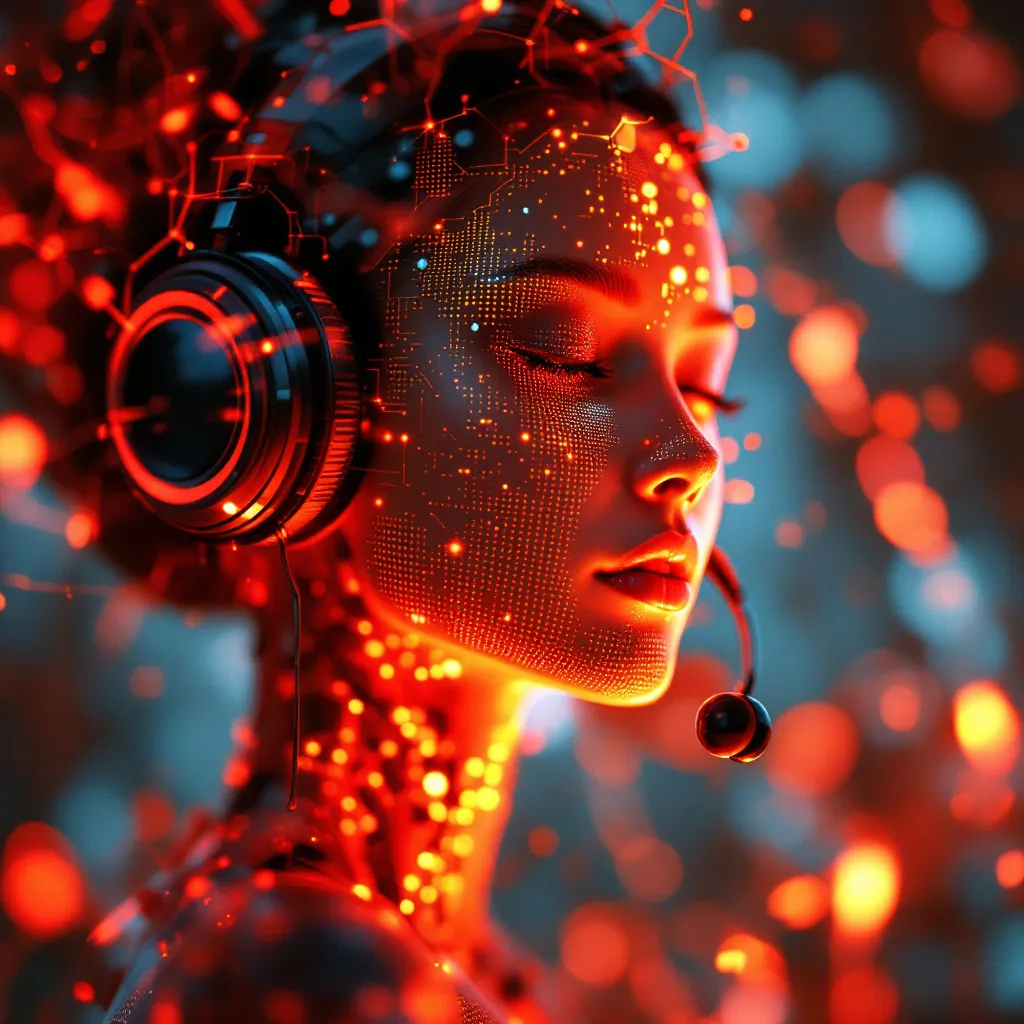
See, Hear, Create: Unlocking the Magic of Multimodal AI

See, Hear, Create: Unlocking the Magic of Multimodal AI
In a world where we interact with information through multiple senses—sight, sound, and touch—traditional AI systems can feel limited. Unimodal AI, handling only one type of data at a time, fails to fully capture the richness of human experience. This is where multimodal AI comes into play, revolutionizing our interactions with technology.
What is Multimodal AI?
Multimodal AI integrates multiple types of data, such as text, images, audio, and video, to generate insights and create new content that would be impossible for single-modality AI to achieve. This integration mimics how humans understand the world through sensory inputs.
How Multimodal AI Works
A typical multimodal AI system consists of three main components:
- Input Module: Comprised of several unimodal neural networks handling different types of data.
- Fusion Module: Processes the information collected from each data type.
- Output Module: Delivers results based on integrated data.
Examples of Multimodal AI Magic
- Google Gemini: Generates recipes from photos of dishes by combining visual and textual data.
- OpenAI’s DALL-E: Creates images from text prompts, showcasing text-to-image conversion potential.
- Claude 3.5 Sonnet: Processes both text and images for context-aware responses.
Why Multimodal AI Matters
Multimodal AI bridges the gap between humans and machines, mimicking our natural interactions with the environment. Here’s why it’s the future:
- Enhanced User Experience: Integrating multiple senses makes applications more intuitive and engaging.
- Improved Accuracy: Combining data types delivers comprehensive insights and accuracy.
- Creative Possibilities: Unlocks new creative avenues, from story generation to dynamic video production.
How to Harness Multimodal AI for Yourself
If you’re intrigued by multimodal AI, consider these steps:
- Learn About Models: Explore models like DALL-E or Claude 3.5 Sonnet to understand their capabilities.
- Apply in Real Life: Think about using multimodal AI in your work or daily life, such as content creation automation.
- Stay Updated: Follow the latest multimodal AI research to stay ahead of the curve.
Multimodal AI is not just a technological advancement; it’s a leap towards a more human-like understanding and response from machines. As we embrace this technology, the boundaries between humans and machines are blurring, making the future look brighter than ever.



